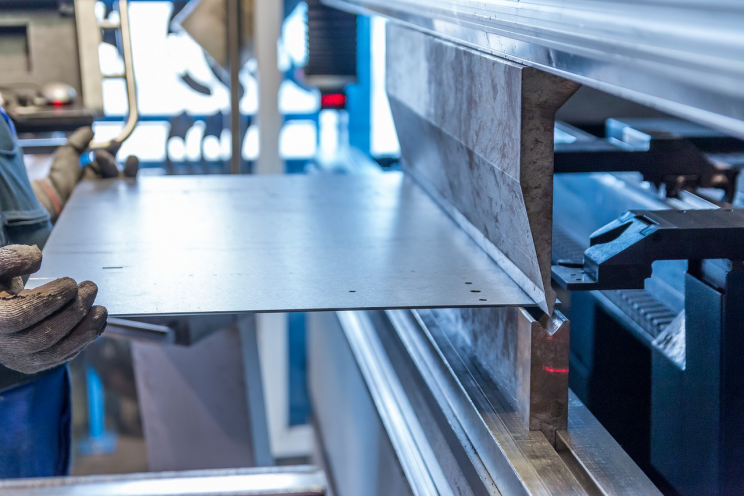
Sheet metal fabrication involves various
processes to change a metal sheet’s original shape to produce desired parts and
products. The fabrication steps are followed according to procedures and must
use the right process to manufacture a desired final product.
Common Materials used in Sheet Metal Fabrication
In the market, there are various types of sheet metals used in different fabrication processes. The most common sheet metals are:
· Steel Sheet– All classifications of steel are crucial to benefit from robustness, strength, ductility, and corrosion resistance accordingly.
· Aluminum Sheet – It is widely used for its lightweight and high strength.
· Bronze Sheet – It is an alloy with high ductility and low melting point.
· Copper Sheet – It is a soft metal with high malleability and high heat and electrical conductivity.
· Magnesium Sheet – It is highly demanded for its high strength to density ratio. It is a lustrous metal used in structures that require stiffness.
Primary Processes used in Sheet Metal Fabrication
In sheet metal fabrication, there are typically three primary processes – cutting, forming, and assembly.
Cutting – The cutting process is often complex and the finish achieved after cutting depends on the type of material. Final product required to be designed also plays a vital role in the selection of the sheet metal for fabrication. Depending on the material and the product to be made, various types of cutting techniques are used, for instance, mechanical cutting, punching, shearing, water jet cutting, and laser cutting.
Forming – It is the process of bending the sheet metal to achieve the desired shapes. Sheet metal fabricators use a variety of bending methods, like air bending, roll forming, and coining.
Assembly – Also known as jointing, it is the process of assembling different metal components together to manufacture the final product. It involves welding (such as MIG, TIG, laser, welding, and spot welding), riveting, or fastening using hardware.
When should I prefer Sheet Metal fabrication?
While 3D printing is rapidly growing in popularity in the manufacturing industry, there are innumerable instances where sheet metal fabrication serves as a better alternative. Based on your project, sheet metal might be the superior choice over non-metal options and other manufacturing processes.
However, not all sheet metals are the same. As stated above, each type of sheet metal possesses specific characteristics that make it perfect for one project and imperfect for another. Each sheet metal may behave differently during fabrication, under stress, over time, or when exposed to chemical and unfavorable environmental conditions. Thus, it is crucial that you choose a sheet metal only after determining which could be best for your particular project.
One should prefer sheet metal fabrication for projects where you need to manufacture large and durable structures with few features. When it comes to designing smaller parts with complex geometry, then sheet metal fabrication might not be a good idea.
State of the Metal Fabrication Industry in China
The industry of metal fabrication in China has been performing remarkably well between 2015 and 2020. Its developing construction and manufacturing sectors have supported the industry demands with the least hassles at cost-effective rates. The industry is also expected to continue to perform well in the upcoming years as well.
So, if you have a sheet metal project, looking for reputable contractors for sheet metal fabrication in China seems to bring promising results.
















